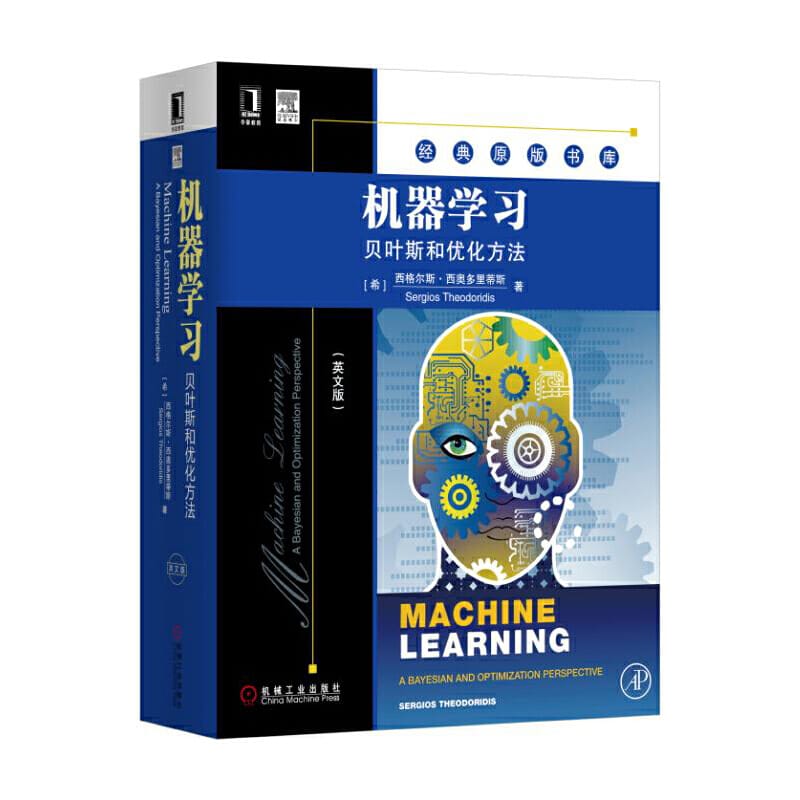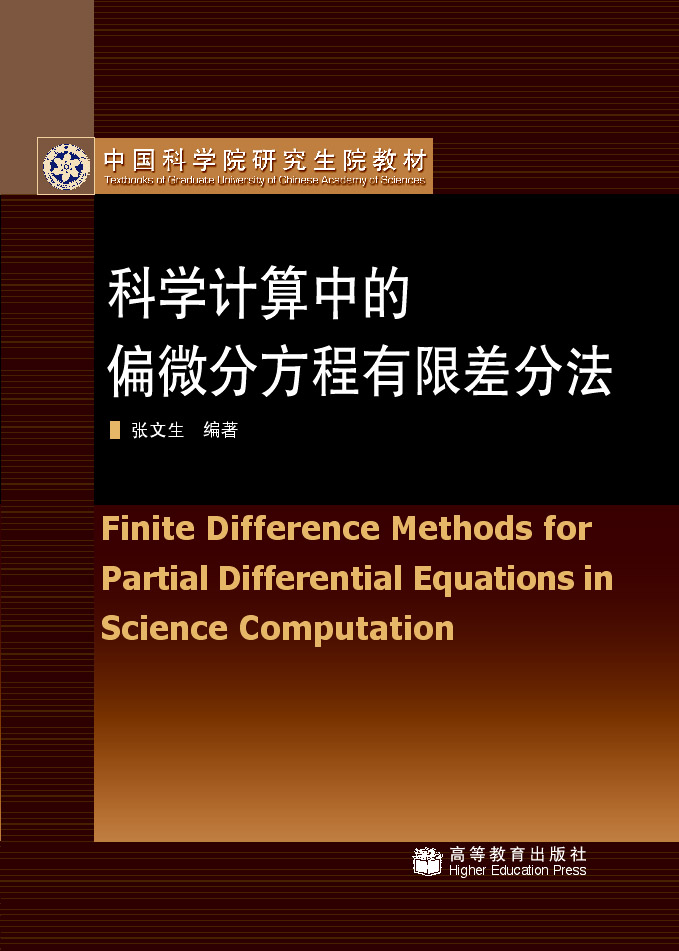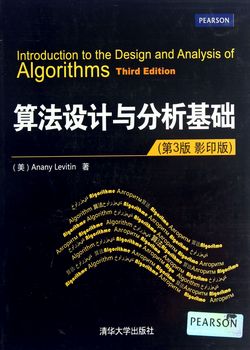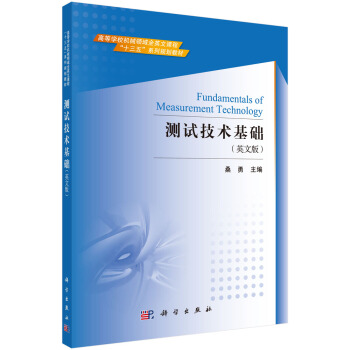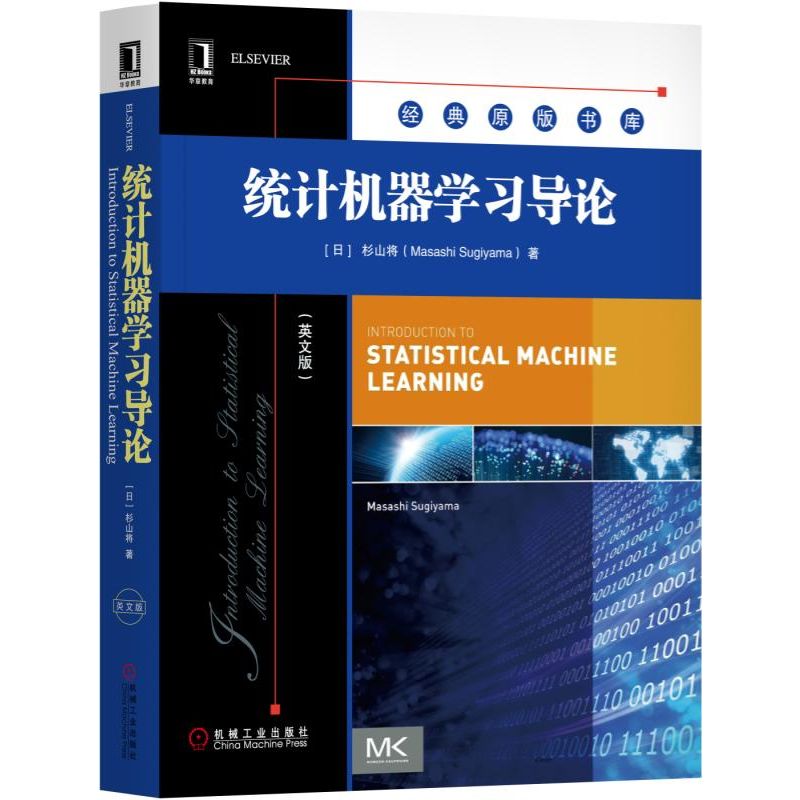机器学习:贝叶斯和优化方法(英文版) / 经典原版书库
定价:¥269.00
作者: [希]西格尔斯·西奥多里蒂斯
出版时间:2017-05
出版社:机械工业出版社
- 机械工业出版社
- 9787111565260
- 1版
- 283911
- 47229834-8
- 平装
- 16开
- 2017-05
- 1501
- 1072
- TP181
- 计算机通信类
- 本科
作者简介
内容简介
本书对所有主要的机器学习方法和新研究趋势进行了深入探索,涵盖概率和确定性方法以及贝叶斯推断方法。其中,经典方法包括平均/小二乘滤波、卡尔曼滤波、*逼近和在线学习、贝叶斯分类、决策树、逻辑回归和提升方法等,新趋势包括稀疏、凸分析与优化、在线分布式算法、RKH空间学习、贝叶斯推断、图模型与隐马尔可夫模型、粒子滤波、深度学习、字典学习和潜变量建模等。全书构建了一套明晰的机器学习知识体系,各章内容相对独立,物理推理、数学建模和算法实现精准且细致,并辅以应用实例和习题。本书适合该领域的科研人员和工程师阅读,也适合学习模式识别、统计/自适应信号处理和深度学习等课程的学生参考。
目录
iviCHAPTER 1 Introduction .11.1 What Machine Learning is About11.1.1 Classification.21.1.2 Regression31.2 Structure and a Road Map of the Book5References8CHAPTER 2 Probability and Stochastic Processes 92.1 Introduction.102.2 Probability and Random Variables.102.2.1Probability112.2.2Discrete Random Variables122.2.3Continuous Random Variables142.2.4Meanand Variance152.2.5Transformation of Random Variables.172.3 Examples of Distributions182.3.1Discrete Variables182.3.2Continuous Variables202.4 Stochastic Processes292.4.1First and Second Order Statistics.302.4.2Stationarity and Ergodicity302.4.3PowerSpectral Density332.4.4Autoregressive Models382.5 InformationTheory.412.5.1Discrete Random Variables422.5.2Continuous Random Variables452.6 Stochastic Convergence48Problems49References51CHAPTER 3 Learning in Parametric Modeling: Basic Concepts and Directions 533.1 Introduction.533.2 Parameter Estimation: The Deterministic Point of View.543.3 Linear Regression.573.4 Classification603.5 Biased Versus Unbiased Estimation.643.5.1 Biased or Unbiased Estimation?653.6 The Cramér-Rao Lower Bound673.7 Suf?cient Statistic.703.8 Regularization.723.9 The Bias-Variance Dilemma.773.9.1 Mean-Square Error Estimation773.9.2 Bias-Variance Tradeoff783.10 MaximumLikelihoodMethod.823.10.1 Linear Regression: The Nonwhite Gaussian Noise Case843.11 Bayesian Inference843.11.1 The Maximum a Posteriori Probability Estimation Method.883.12 Curse of Dimensionality893.13 Validation.913.14 Expected and Empirical Loss Functions.933.15 Nonparametric Modeling and Estimation.95Problems.97References102CHAPTER4 Mean-quare Error Linear Estimation1054.1Introduction.1054.2Mean-Square Error Linear Estimation: The Normal Equations1064.2.1The Cost Function Surface1074.3A Geometric Viewpoint: Orthogonality Condition1094.4Extensionto Complex-Valued Variables1114.4.1Widely Linear Complex-Valued Estimation1134.4.2Optimizing with Respect to Complex-Valued Variables: Wirtinger Calculus1164.5Linear Filtering.1184.6MSE Linear Filtering: A Frequency Domain Point of View1204.7Some Typical Applications.1244.7.1Interference Cancellation1244.7.2System Identification1254.7.3Deconvolution: Channel Equalization1264.8Algorithmic Aspects: The Levinson and the Lattice-Ladder Algorithms1324.8.1The Lattice-Ladder Scheme.1374.9Mean-Square Error Estimation of Linear Models.1404.9.1The Gauss-Markov Theorem1434.9.2Constrained Linear Estimation:The Beamforming Case1454.10Time-Varying Statistics: Kalman Filtering148Problems.154References158CHAPTER 5 Stochastic Gradient Descent: The LMS Algorithm and its Family .1615.1 Introduction.1625.2 The Steepest Descent Method1635.3 Application to the Mean-Square Error Cost Function1675.3.1 The Complex-Valued Case1755.4 Stochastic Approximation1775.5 The Least-Mean-Squares Adaptive Algorithm1795.5.1 Convergence and Steady-State Performanceof the LMS in Stationary Environments.1815.5.2 Cumulative Loss Bounds1865.6 The Affine Projection Algorithm.1885.6.1 The Normalized LMS.1935.7 The Complex-Valued Case.1945.8 Relatives of the LMS.1965.9 Simulation Examples.1995.10 Adaptive Decision Feedback Equalization2025.11 The Linearly Constrained LMS2045.12 Tracking Performance of the LMS in Nonstationary Environments.2065.13 Distributed Learning:The Distributed LMS2085.13.1Cooperation Strategies.2095.13.2The Diffusion LMS2115.13.3 Convergence and Steady-State Performance: Some Highlights2185.13.4 Consensus-Based Distributed Schemes.2205.14 A Case Study:Target Localization2225.15 Some Concluding Remarks: Consensus Matrix.223Problems.224References227CHAPTER 6 The Least-Squares Family 2336.1 Introduction.2346.2 Least-Squares Linear Regression: A Geometric Perspective.2346.3 Statistical Properties of the LS Estimator2366.4

